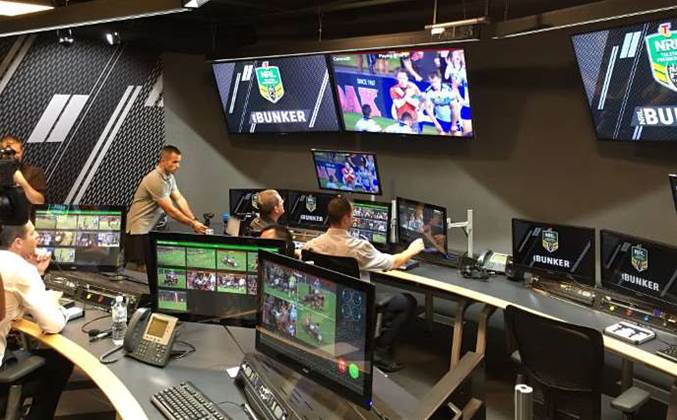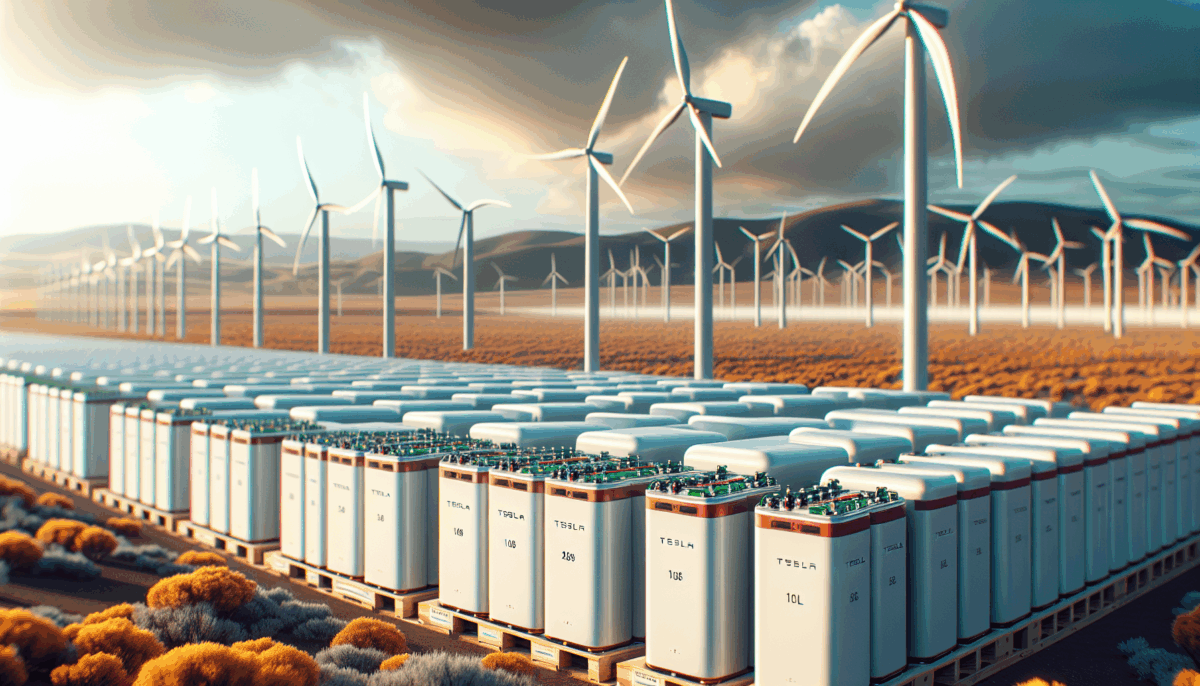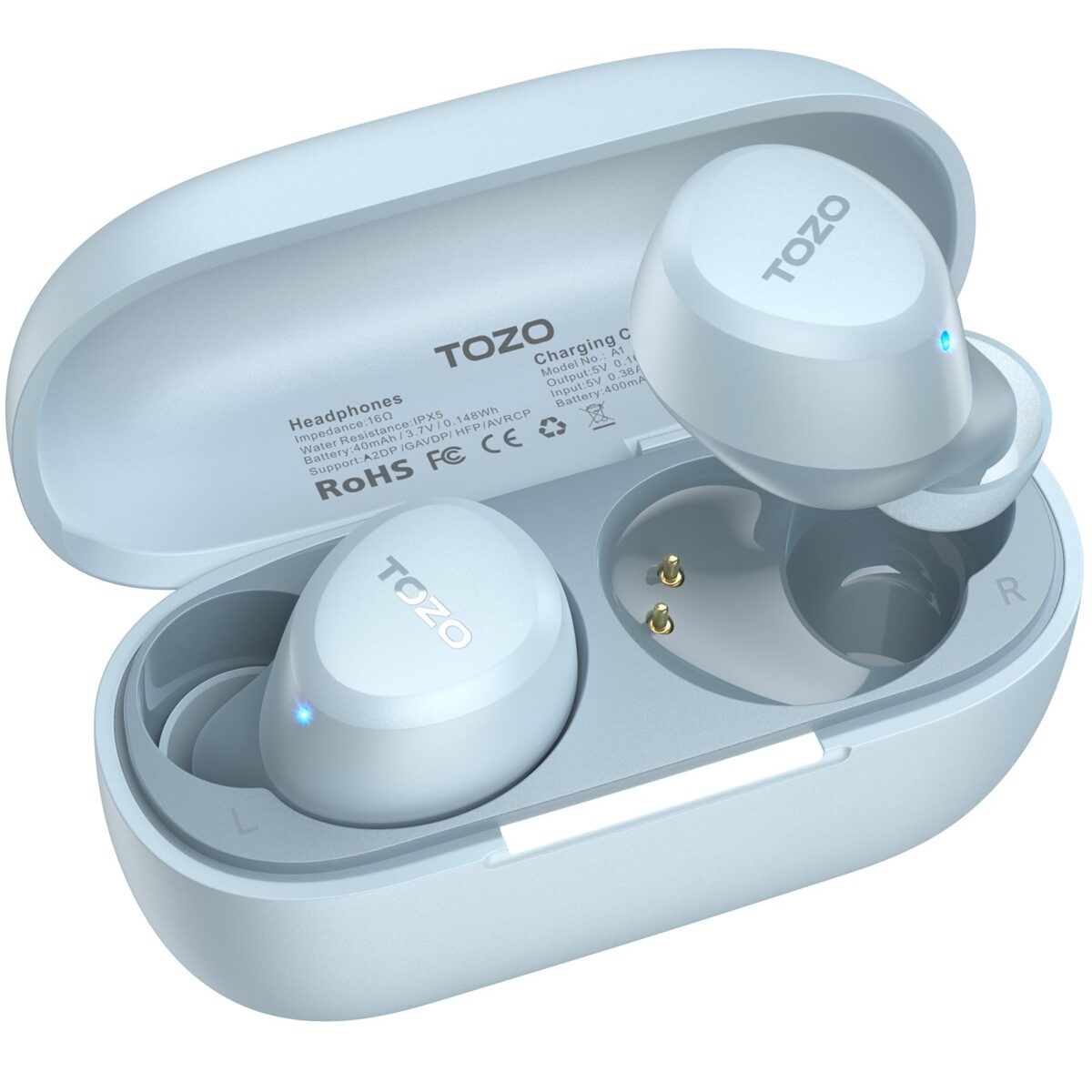How an NRL BI Initiative Surprising Turned into an Independent Product
We independently review everything we recommend. When you buy through our links, we may earn a commission which is paid directly to our Australia-based writers, editors, and support staff. Thank you for your support!
Brief Overview
- NRL’s initiative has transitioned from a BI tool to an independent product.
- Databricks’ technology was instrumental in this evolution.
- The initiative led to considerable cost reductions and quicker project completion.
- The NRL team intends to incorporate AI functionalities into the newly developed product.

NRL’s Progressive Data Strategy
The National Rugby League (NRL), overseen by the Australian Rugby League Commission, is a major contributor to the sports sector, handling various matches, sponsorships, and community initiatives. With a complex array of data sources, the NRL encountered difficulties in leveraging this data effectively for informed decisions.
Aiming for the Objectives
Data head, Albert Xavier, spearheaded the initiative beginning in March, utilizing Databricks’ Lakehouse technology. The goal was to unify data sources into a centralized, real-time platform to enhance business decision-making.
Addressing Data Obstacles
In the past, the NRL’s data was handled through unwieldy Excel macros. Transitioning to a cloud-hosted data lake optimized data management, minimizing error risks and improving real-time visibility.
Groundbreaking Technical Solutions
Confronted with limited resources, the NRL team sought new strategies, ultimately opting for Databricks’ application-centric solution. This innovative approach facilitated app development directly on the database infrastructure, streamlining processes and boosting efficiency.
Major Cost and Time Efficiency
The initiative was wrapped up 80% quicker and 60% more cost-effective than conventional methods. The in-house team, leveraging Streamlit’s coding framework, quickly developed applications, lessening reliance on outside resources.
Looking Ahead
With the successful rollout of their first application, the NRL plans to incorporate agentic AI into their systems. This progression signifies a transition from a basic BI initiative to an extensive product, unlocking new business prospects.
Conclusion
The NRL’s BI initiative demonstrates how cutting-edge technology and strategic planning can convert a data challenge into a scalable product. By leveraging Databricks’ offerings, the NRL not only improved its decision-making prowess but also set the stage for future tech advancements.













